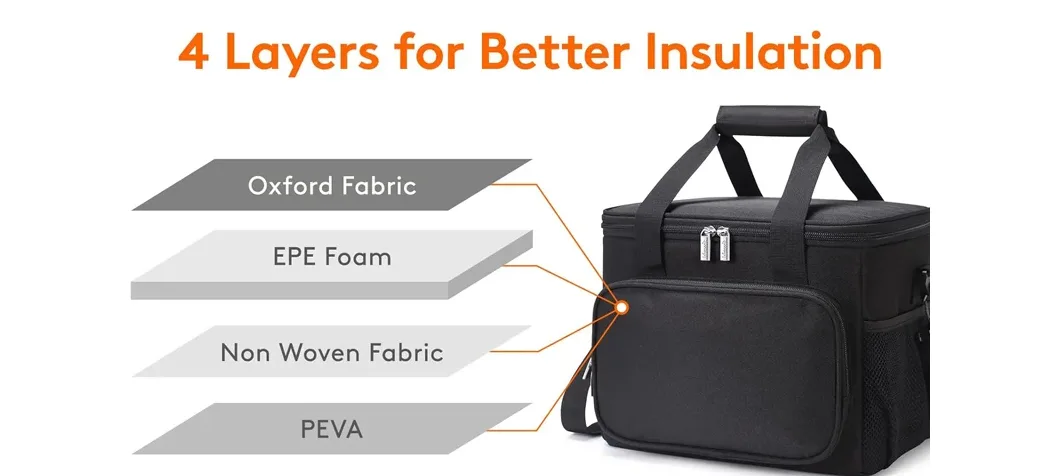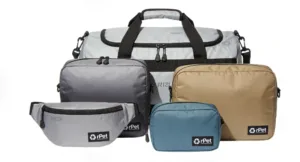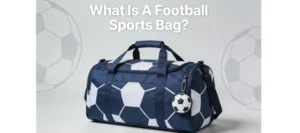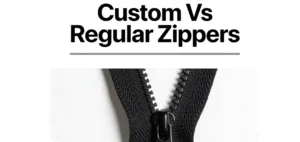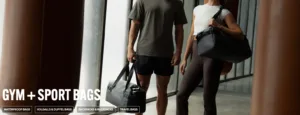Cooler bags, also known as insulated bags, have become an essential accessory for keeping food and beverages fresh, safe, and at the right temperature. From everyday lunch storage to outdoor adventures, they provide a convenient way to enjoy fresh meals anytime, anywhere. Beyond personal use, cooler bags are crucial for businesses such as restaurants, catering services, and delivery companies, offering custom cooler bags, bulk cooler bags, and cooler bag manufacturer solutions to maintain product quality and enhance brand value. Whether you are packing a quick lunch, heading to a picnic, or managing large-scale food deliveries, understanding the right way to use cooler bags can make a significant difference. In this guide, we’ll explain how to use cooler bags effectively and explore how manufacturers design these products to balance functionality, durability, and convenience for both individuals and businesses.
Contents
- 1 What Are Cooler Bags and How They Function
- 2 What Types of Cooler Bags Are Available on the Market?
- 3 How Different Customer Groups Use Custom Cooler Bags
- 4 Basic Principle of Cooler Bag Insulation
- 5 How to Choose the Right Cooler Bag in 4 Steps
- 6 Why Partnering with a Professional Manufacturer Boosts Competitiveness
- 7 Conclusion
What Are Cooler Bags and How They Function

Cooler bags, also known as custom insulated bags, are specially designed containers that maintain the temperature of their contents, keeping food and beverages fresh for extended periods. Studies show that high-quality cooler bags can keep cold items chilled for 4–12 hours and hot items warm for 2–6 hours, depending on size and insulation quality. They are widely used for both personal and commercial purposes, offering a portable solution for transporting perishable items without the need for refrigeration. Whether you are carrying lunch to work, packing drinks for a picnic, or delivering food for a catering business, custom cooler bags provide a reliable way to protect your items from heat, cold, or external environmental factors.
Cooler Bags’ Definition
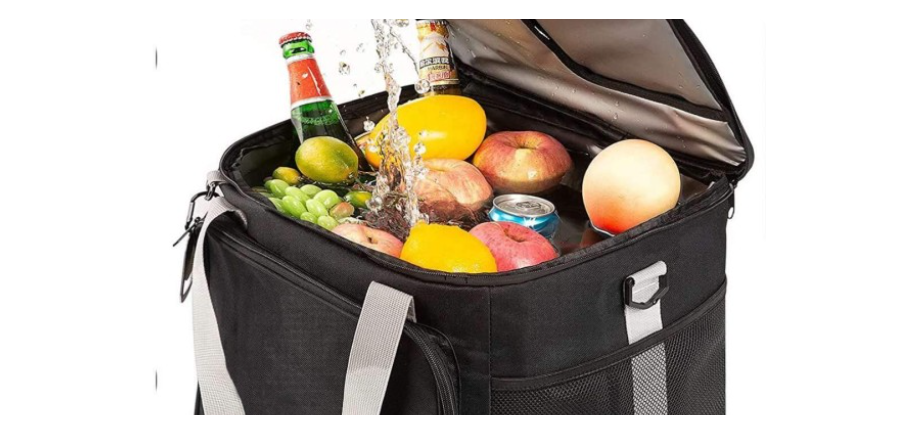
A cooler bag is a portable storage bag made with insulated materials that help regulate temperature. The core components typically include:
- Insulation layer: Often made from foam or reflective materials like aluminum foil, this layer slows down heat transfer. High-quality insulation can reduce temperature loss by up to 30–50% compared to a standard non-insulated bag.
- Outer material: Durable fabrics such as polyester, Oxford cloth, or waterproof nylon protect the bag from external damage. Many commercial-grade bags are designed to withstand over 500 cycles of use without tearing.
- Inner lining: Easy-to-clean materials like PEVA or food-grade aluminum ensure hygiene and prevent leaks. Some industrial models can safely carry up to 20–30 kg of food and drinks.
By combining these layers, cooler bags can maintain cold or warm temperatures for several hours, depending on their design and the use of ice packs or heat packs.
Cooler Bags’ Operating Method
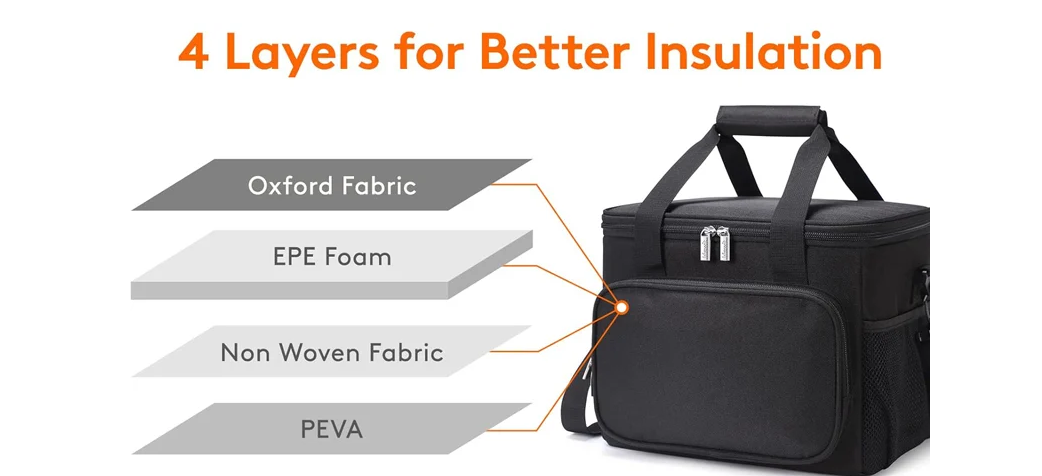
Cooler bags function by creating a barrier that reduces the exchange of heat between the inside of the bag and the surrounding environment. The insulation minimizes heat transfer through conduction, convection, and radiation. For cold items, ice packs or frozen gels are often added to extend cooling performance. For warm items, thermal packs or pre-heated containers can be used. Proper packing—such as keeping cold and warm items separate, filling the bag to minimize empty space, and sealing it tightly—can improve performance by up to 40%, according to tests from commercial bag manufacturers.
By understanding the construction and working principle of cooler bags, both consumers and businesses can choose the right type for their needs and ensure optimal performance in any situation.
What Types of Cooler Bags Are Available on the Market?

Cooler bags come in a variety of styles and designs to meet different personal and business needs. Choosing the right type can make a significant difference in maintaining food and beverage quality, ease of transport, and overall convenience. In the sections below, we will explore the key types of cooler bags, highlighting their advantages, typical structures, suitable applications, and common custom cooler bag sizes.
1. Lunch Cooler Bags
These compact bags are perfect for carrying individual meals, snacks, or drinks to work or school. They are lightweight, easy to carry, and often feature compartments for utensils and ice packs. For businesses, custom cooler bags in this size are popular for corporate gifting or employee meal solutions.
- Typical Custom Sizes: 20–30 cm (length) × 15–25 cm (width) × 15–20 cm (height)
2. Large Insulated Bags
Designed for transporting larger quantities of food, beverages, or groceries, these bags are widely used by catering companies, restaurants, and food delivery services. Their durable construction and high-quality insulation make them ideal for bulk cooler bags, capable of maintaining safe temperatures over longer distances.
- Typical Custom Sizes: 40–60 cm (length) × 25–40 cm (width) × 25–35 cm (height)
3. Foldable / Portable Designs
Foldable cooler bags offer maximum convenience for storage and travel. They can be collapsed when not in use, saving space at home or in a vehicle. Businesses often prefer OEM cooler bags in this category, as they can be easily branded and distributed as promotional items or for small-scale deliveries.
- Typical Custom Sizes: 25–40 cm (length) × 20–30 cm (width) × 15–25 cm (height)
4. Specialized Bags
These are purpose-built cooler bags for sensitive items, such as pharmaceuticals, vaccines, or other temperature-controlled products. They often include advanced insulation, temperature monitoring, and secure closures. Companies rely on temperature-controlled bags to comply with safety regulations and ensure product integrity during transport.
- Typical Custom Sizes: 20–50 cm (length) × 15–30 cm (width) × 15–35 cm (height), depending on medical or industrial requirements
By understanding the different types of cooler bags available on the market and their typical custom sizes, both individual users and businesses can select the most suitable option for their specific needs. In the following sections, we will dive deeper into their construction, benefits, and practical usage tips.
How Different Customer Groups Use Custom Cooler Bags

Cooler bags are versatile products designed to keep food, beverages, and sensitive goods at the right temperature. However, their effectiveness depends greatly on how they are used. Both individuals and businesses can benefit from following proper packing methods, temperature control practices, and cleaning routines. Below, we break down practical usage tips for personal and professional applications.
For Personal Use
When using cooler bags in daily life—whether for work, school, or outdoor activities—packing strategy is crucial. It is best to separate different types of food into containers to prevent cross-contamination and to add ice packs or frozen gel packs for longer freshness. To maintain optimal temperature, keep cold and hot food bags separate and avoid opening the bag frequently, as repeated exposure can reduce cooling efficiency by up to 30%. After use, proper cleaning and maintenance are essential: wipe down the inner lining, allow it to dry completely, and store in a ventilated place to prevent mold and odor buildup.
For Business / Professional Use
In commercial applications, cooler bags play an even more critical role. For food delivery and catering services, large bulk cooler bags allow businesses to pack meals in separate compartments, ensuring both safety and consistent temperature during transport. In the pharmaceutical industry, custom temperature-controlled bags are used for sensitive products such as vaccines and medicines, requiring strict compliance with cold-chain logistics. To maximize efficiency and hygiene, companies often adopt a structured packing strategy: dividing products by category, labeling compartments for quick access, and using materials that are easy to clean and sanitize for repeated use.
Whether for personal convenience or professional operations, proper usage of cooler bags directly impacts food safety, customer satisfaction, and overall efficiency. For manufacturers, these use cases highlight the importance of custom best cooler bags that combine durable structure, strong insulation, and user-friendly designs. By aligning product design with the needs of both individual consumers and business clients, cooler bags continue to be a valuable solution across multiple markets.
Basic Principle of Cooler Bag Insulation
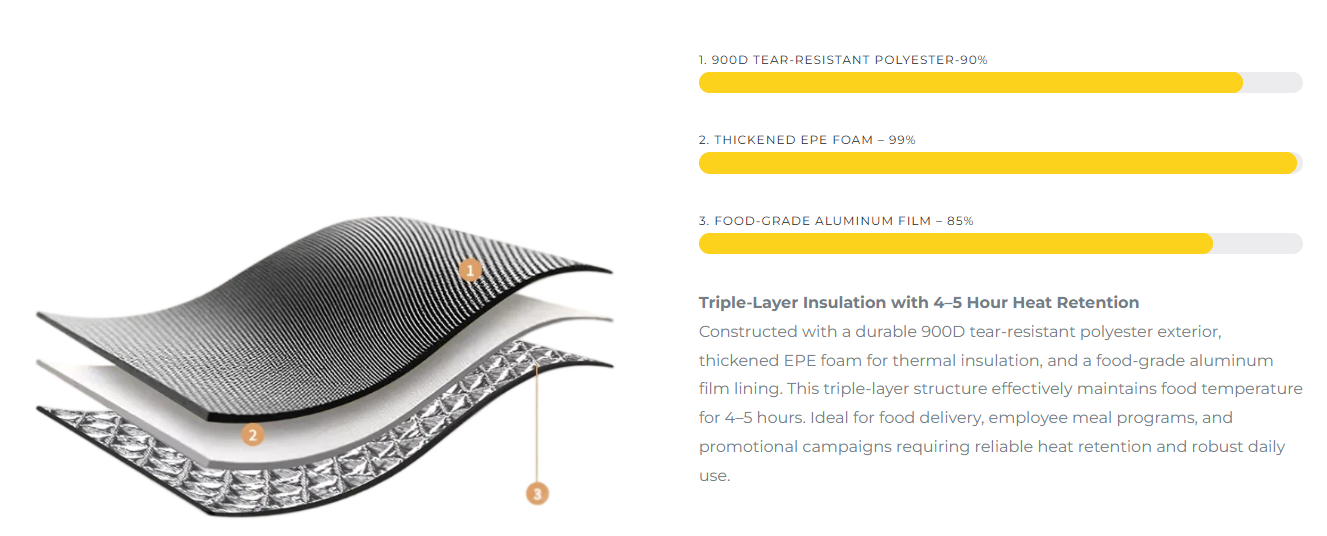
The insulation performance of a custom cooler bag depends on how well it reduces heat transfer through conduction, convection, and radiation. Manufacturers optimize performance by focusing on four main design aspects:
- Outer Fabric
The first protective barrier. Durable materials like Oxford cloth or polyester slow down external heat exposure and improve waterproofing, ensuring longer-lasting insulation. - Insulation Layer
The “heart” of temperature control. High-density foam (EPE or PU) traps air inside, reducing heat transfer by conduction. Thicker insulation layers (10–15 mm) can extend cooling time from 4–6 hours (standard bags) to 8–12 hours (premium bags). - Inner Lining
A reflective lining (aluminum film or PEVA) helps block radiant heat and maintain internal temperature. Smooth, food-grade linings also reduce moisture absorption, keeping insulation effective over repeated use. - Zippers & Closures
Weak seals are the biggest source of heat leakage. Tests show that poorly sealed zippers can reduce insulation efficiency by 20–30%. Airtight or double-sealed zippers minimize in bag this effect and significantly improve performance. - Waterproofing & Moisture Control
Moisture trapped in the insulation layer can decrease its effectiveness by reducing air pockets. Waterproof outer fabrics and leak-proof inner coatings custom bag keep the insulation dry, ensuring stable long-term performance.
Comparative Table: Insulation Factors and Their Impact
| Component | Standard Design | Enhanced Design | Performance Impact |
|---|---|---|---|
| Outer Fabric | Basic polyester, limited waterproofing | 600D Oxford cloth, PU-coated, water-resistant | +10–15% durability & heat resistance |
| Insulation Layer | 5–8 mm EPE foam | 10–15 mm high-density EPE/PU foam | Cooling time extended from 4–6 hrs → 8–12 hrs |
| Inner Lining | Standard PEVA | Reflective aluminum + food-grade PEVA | +20% radiant heat blocking |
| Zippers/Closures | Regular zipper | Airtight/double-sealed zipper + flap cover | Up to 30% less heat leakage of leather bag |
| Waterproofing | Partial waterproofing | Full waterproof outer + leak-proof inner layer | +25% longer insulation life cycle |
Key Insight for Clients:
The secret of cooler bags lies in minimizing heat transfer at every layer. By upgrading fabrics, insulation thickness, zippers, and waterproofing, businesses can achieve 2x longer cooling performance bag—a critical advantage for food delivery, catering, or pharmaceutical transport.
How to Choose the Right Cooler Bag in 4 Steps

Step 1 — Identify Your Purpose
Decide if the cooler bag is for personal use (lunch, outdoor, travel) or for business needs (food delivery, catering, pharmaceutical transport).
Step 2 — Choose the Right Size & Insulation
Match the bag capacity to your needs: 10–15L for daily meals, 20–30L for family trips, 30–60L+ for bulk cooler bags. Ensure insulation thickness and reflective lining can maintain the required cooling time (4–12 hours).
Step 3 — Check Materials & Durability
Select sturdy outer fabrics (Oxford, polyester) with waterproof coating, food-grade inner linings (PEVA, aluminum), and airtight zippers. These features reduce heat leakage and extend product life.
Step 4 — Consider Customization
For businesses, custom cooler bags or OEM cooler bags with branding, special compartments, or tailored dimensions can improve efficiency and enhance brand visibility.
| Step | Personal Users | Business / Professional |
|---|---|---|
| 1. Purpose | Daily meals, school, office, short trips, picnics | Food delivery, catering, grocery transport, pharmaceutical cold chain |
| 2. Size & Insulation | 10–15L for lunch; 20–30L for family trips; 4–6 hrs cooling | 30–60L+ bulk cooler bags; 8–12 hrs cooling with thick insulation |
| 3. Materials & Durability | Lightweight polyester/nylon, easy to carry, simple zippers | Heavy-duty Oxford cloth, waterproof coating, airtight zippers, reinforced stitching |
| 4. Customization | Not necessary or optional (colors, patterns) | Essential: custom cooler bags supplier/ OEM cooler bags with logos, compartments, brand-specific dimensions |
Why Partnering with a Professional Manufacturer Boosts Competitiveness
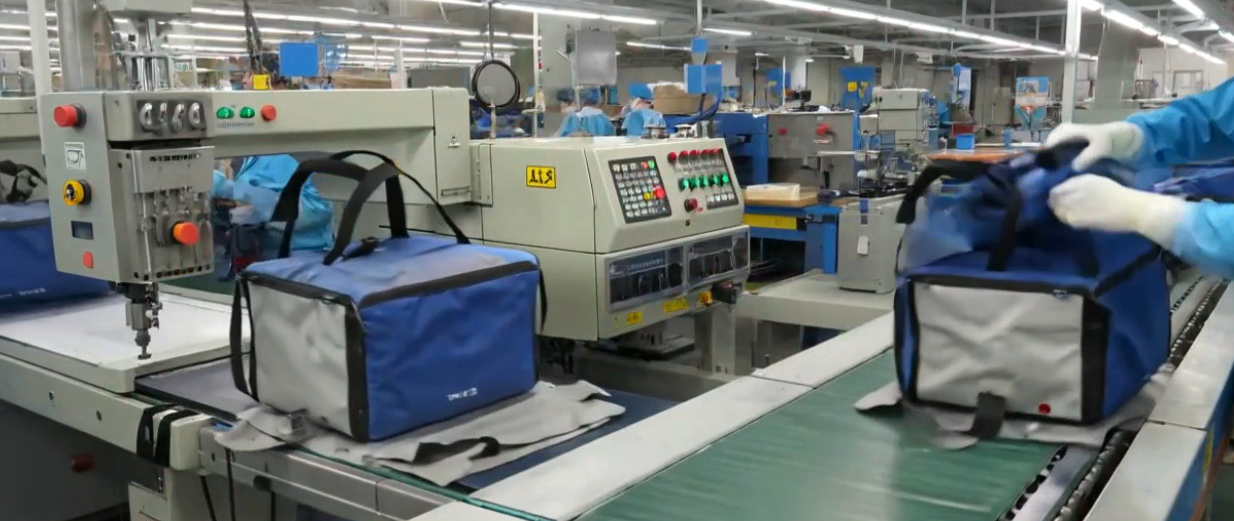
When it comes to cooler bags, working with a professional manufacturer can turn a simple product into a market-winning solution. Here’s why partnering with the experts gives your brand a competitive edge:
1. They Know the “Cool” Science
Sure, you can buy any bag that claims to keep food cold, but a professional manufacturer actually understands the physics behind it—insulation thickness, reflective lining, airtight zippers. It’s like the difference between putting ice in a bucket vs. in a lab-tested cooler bag: one melts in an hour, the other keeps your soda icy until your Netflix marathon ends.
2. Customization That Sticks (and Sells)
Professional manufacturers don’t just sell bags—they sell your brand story. Want your logo front and center? Done. Need a bag that fits exactly 27 bento boxes? Consider it solved. They are a custom cooler bag maker that transforms from simple storage into rolling billboards for your business. Free marketing every time a delivery driver walks down the street—pretty cool, right?
3. Quality That Saves You Headaches
Cutting corners with a no-name supplier may sound cheaper—until the zippers break, seams leak, and customers complain their sushi arrived “sunbaked.” A professional OEM cooler bag manufacturer makes products that survive hundreds of deliveries. That means fewer replacements, happier customers, and fewer late-night calls about “lukewarm lattes.”
Conclusion
Cooler bags are more than just insulated containers—they are practical tools that keep food fresh, beverages safe, and sensitive goods protected, whether for personal use or business operations. For individuals, choosing the right size, insulation, and design ensures convenience and reliability in daily life. For businesses, working with a professional manufacturer allows access to custom leather cooler bags, bulk cooler bags production, and OEM cooler bag solutions that improve operational efficiency, maintain product quality, and strengthen brand presence.
By understanding types, proper usage, insulation principles, and selection strategies, you can make smarter choices that meet your unique needs. Whether packing a lunch, running a delivery route, or transporting temperature-sensitive products, the right custom leather cooler bag—and the right manufacturing partner—can make all the difference in performance, customer satisfaction, and market competitiveness.

